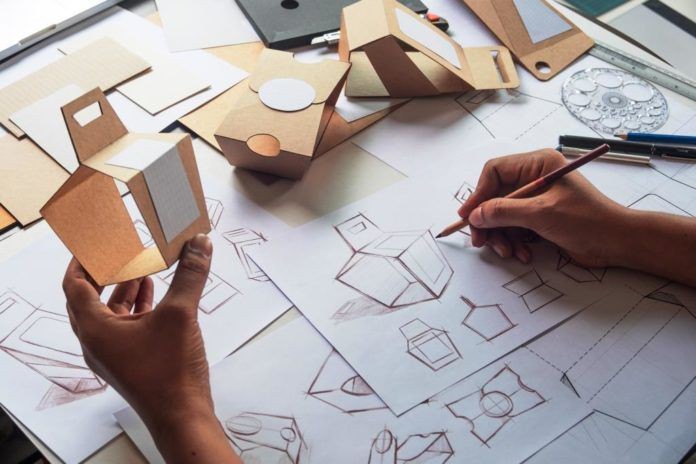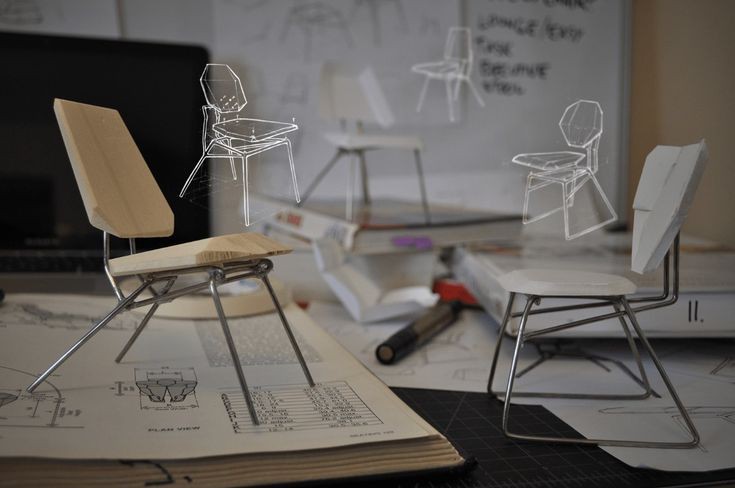Prototyping is a fundamental step in the design process, allowing designers to transform ideas into tangible, testable models. This practice helps in refining concepts, identifying potential issues, and ensuring that the final product meets user needs. Here’s an in-depth look at the essential role of prototyping and how to effectively use it in designs.
Understanding Prototyping
Prototyping involves creating preliminary versions of a product to visualize and test its functionality, design, and usability. These early models, or prototypes, can range from simple sketches and wireframes to interactive digital simulations or physical mock-ups.
The Importance of Prototyping
Prototyping allows designers to validate their ideas by creating a tangible representation of the concept. This helps in assessing the feasibility and viability of the design early in the process.
Early prototypes enable designers to gather feedback from users and stakeholders. This feedback is crucial for identifying areas of improvement and ensuring the final product meets user expectations.
By testing and iterating on prototypes, designers can identify and address potential issues before full-scale production. This reduces the risk of costly errors and ensures a smoother development process.
Prototypes serve as a communication tool that facilitates collaboration among team members, clients, and stakeholders. They help bridge the gap between abstract ideas and concrete understanding.
Prototyping provides insights that inform design decisions, leading to more user-centered and effective solutions.
Types of Prototypes
Low-fidelity prototypes are simple and quick to create, often using basic tools like paper and pen. These include sketches, paper mock-ups, and basic wireframes. They are useful for brainstorming and initial concept validation.
High-fidelity prototypes are more detailed and interactive, closely resembling the final product. They can be digital, using tools like Adobe XD, Figma, or Sketch, or physical, using materials like foam or 3D printing. High-fidelity prototypes are ideal for thorough usability testing and final design validation.

Steps to Effective Prototyping
Start by clearly defining the objectives of your prototype. Determine what you want to test and validate, such as layout, functionality, user interactions, or specific design elements.
Select the appropriate fidelity level based on your objectives. Use low-fidelity prototypes for early-stage ideation and high-fidelity prototypes for detailed testing and validation.
Engage stakeholders and potential users early in the prototyping process. Their input can provide valuable insights and help shape the direction of the design.
Embrace an iterative approach by quickly creating, testing, and refining prototypes. Each iteration should incorporate feedback and address identified issues.
Conduct usability testing with real users to gather authentic feedback. Observe how users interact with the prototype and note any difficulties or areas of confusion.
Record feedback, observations, and insights from each testing session. This documentation will guide future iterations and inform the final design decisions.
Use the insights gained from testing to refine the prototype. Continue iterating until the prototype effectively meets the objectives and user needs.
Tools for Prototyping
Sketch is a popular tool for creating digital wireframes and high-fidelity prototypes.
Figma is a collaborative design tool that allows for real-time feedback and iteration.
Adobe XD is an all-in-one UX/UI design tool for creating interactive prototypes.
InVision is a digital product design platform for building interactive prototypes.
Axure RP is a comprehensive tool for creating detailed wireframes and prototypes.
3D printers are useful for creating physical prototypes, especially in product design and industrial design.
Prototyping is an essential practice in the design process, offering numerous benefits from idea validation to risk reduction. By incorporating prototypes into your workflow, you can create more user-centered, effective designs and ensure a smoother development process. Embrace prototyping as a vital tool for collaboration, feedback, and continuous improvement in your design projects.

